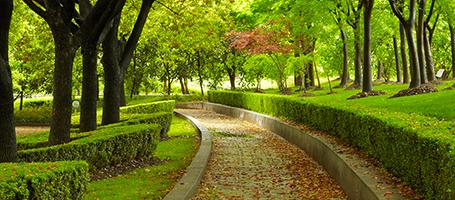How to prune a tree

Plants regulate themselves by a natural process of self-pruning, which lets inactive branches dry out and fall off. Each branch produces buds, leaves, flowers and fruits once in a lifetime—in the second year—and then becomes the supporting scaffold for new branches.
So, year after year trees work continuously to develop new productive vegetation on the outer part of the crown, further and further away from the trunk. At the same time, they shed some branches on the inside of the crown through a natural process of self-pruning.
So why prune, if trees renew themselves? When is it appropriate to prune trees? How should trees be pruned? We reveal all in the following paragraphs: read on.
Why prune a tree
If done in moderation and without drastic interventions, pruning is necessary in order to:
- Reduce the size of trees in terms of their height and width so that they can be managed easily, also taking into account the size of your garden and the presence of other trees and shrubs.
- Renew the foliage to replace old branches, but in a way that prevents new branches from growing further and further from the trunk (see the above point concerning size reduction).
- Lighten the crown, i.e. reduce the number of branches, because the foliage needs light and air, so it must not be too thick.
And what about fruit trees? The reasons listed above also apply to apple, pear, apricot, peach, cherry and plum trees, as well as hazel trees, olive trees etc. Indeed, they are even more crucial if you want to harvest sweet and juicy fruit in the safest and most practical way possible.
When to prune a tree
Deciding on the right time to prune is very important: schedule the pruning when the tree is dormant, i.e. after it has shed its leaves and before new buds start to open.
After pruning, the tree must have enough energy to heal the cuts, so avoid the periods of vegetative recovery (spring) and leaf drop (autumn). Also avoid periods in which pests are most active, because pruning cuts make plants more vulnerable to attack.
The ideal time of year for pruning depends on the species, but for deciduous trees (which includes fruit trees) it is from early November to the end of February — although avoid pruning during the coldest spells. In July you can remove the most vigorous vertical shoots, which will eventually become suckers (what are they? Read the paragraph on "How to prune a tree: the techniques to use" below). By contrast, dry branches can be cut down throughout the year.
What you need to prune a tree
Your pruning kit should include the following:
- Pruning shears
- Pruning saw (or limbing saw)
- Loppers
- Chainsaw
Pruning shears and loppers are useful for cutting smaller branches with minimal effort and for keeping them steady when cutting.
Pruning saws, with a straight or curved blade, help you to penetrate the bark better and can also be used to cut overhead branches if attached to a telescopic pole.
To cut thicker branches you need to rely on a good chainsaw. A compact chainsaw such as the Oleo-Mac GS 350 C is ideal if your tree is small. For more heavy-duty pruning, try a pruning chainsaw, such as the compact GST 250, which is very light and powerful at the same time.
Want to learn more about chainsaws? How many types there are, and what to evaluate before buying one? If the answer is yes, then you may be interested in our article on how to choose a chainsaw to match your needs.
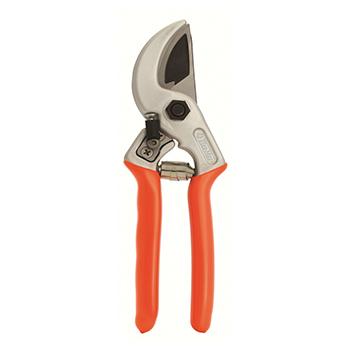
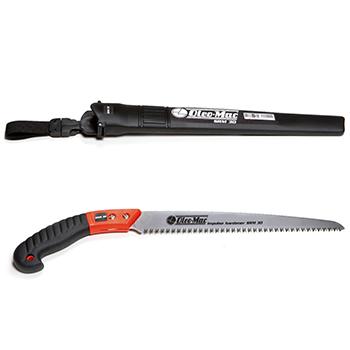
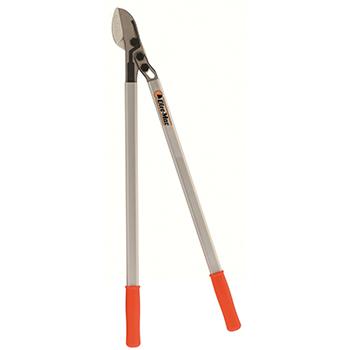
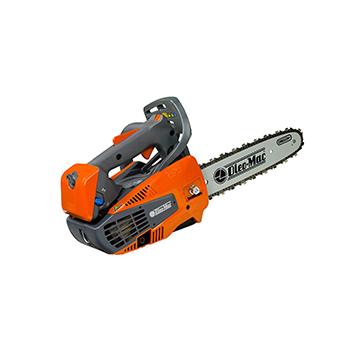
How to prune a tree: the techniques to use
So how do you prune a tree?
Pruning a tree basically involves the careful combination of two procedures: cutting branches off at the base and shortening branches, i.e. only cutting off a part (up to 1/3 of the length). In both cases, it is crucial to identify the cutting point and to choose which branches to cut and which ones to leave.
Which branches should be cut off at the base? Cut off branches that:
- Are dried
- Have been damaged by bad weather or some other cause
- Are growing in an unwanted direction or overlapping with other branches
- Are growing too close to the trunk or other branches
- Cause a nuisance, such as branches that are low-hanging or that project into the neighbours’ garden
- Grow vertically and particularly vigorously on the trunk or on a branch (suckers)
- Develop from the roots or base of the trunk (basal shoots)
If you completely cut off both young (1 year old) and more mature branches, the plant develops a good internal balance between the production of new branches and the production of fruits: hence, it is called a fruit cut.
When shortening branches, use the reduction cut technique, which involves cutting at the bifurcations (i.e. knots or forks) formed by the branches. The remaining branch must be at least 1/3 the diameter of the removed branch.
Shortening younger branches stimulates vigour, i.e. the vegetative power of the tree, which responds by generating new branches in abundance. By contrast, shortening branches that are at least 2 years old causes the plant to divert its vigour to a lateral branch, without causing an explosion of vegetative growth, as happens for younger branches: the result is therefore the balanced effect of a fruit cut.
As a rule, when pruning adult plants you should not remove more than 25% of the branches: drastically reducing foliage alters the crown-root balance, prompting the trees to produce new branches and forcing you to keep pruning. Also, a tree that is busy developing new branches will yield less fruit and it is also likely to be of lower quality. That is why pruning should be very measured.
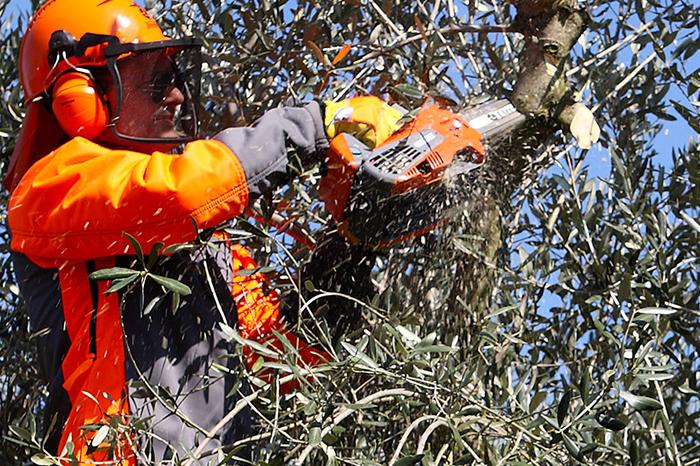
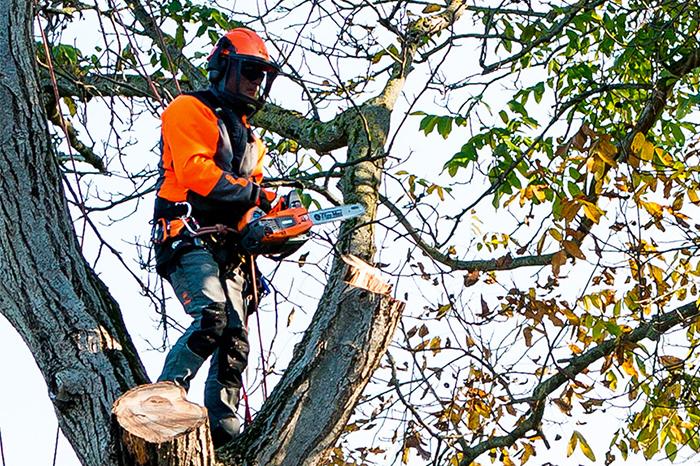
How to limit tree pruning stress
Cutting a tree with a chainsaw or other tools actually wounds the plant, which reacts by isolating dead tissues from healthy ones. Its main defence mechanism is to produce a healing callus at the collar, i.e. at the base of the branch. Except in the case of conifers, you can easily recognise the collar on many plants from the swelling of the tissues.
In addition to pruning at suitable times of year, you can follow a number of precautions to minimise trauma caused by pruning:
- Use well-sharpened and clean tools.
- Cut at a distance of 1-3 cm from the collar, making sure never to damage it.
- Do not cut too far from the collar, otherwise it leaves a branch stump that will dry up and become vulnerable to various parasites.
- Level the cut surface so that there are no irregularities. This helps the healing callus to form.
- Avoid cutting thicker branches (over 7 cm in diameter).
- Do not damage any existing scar calluses.



